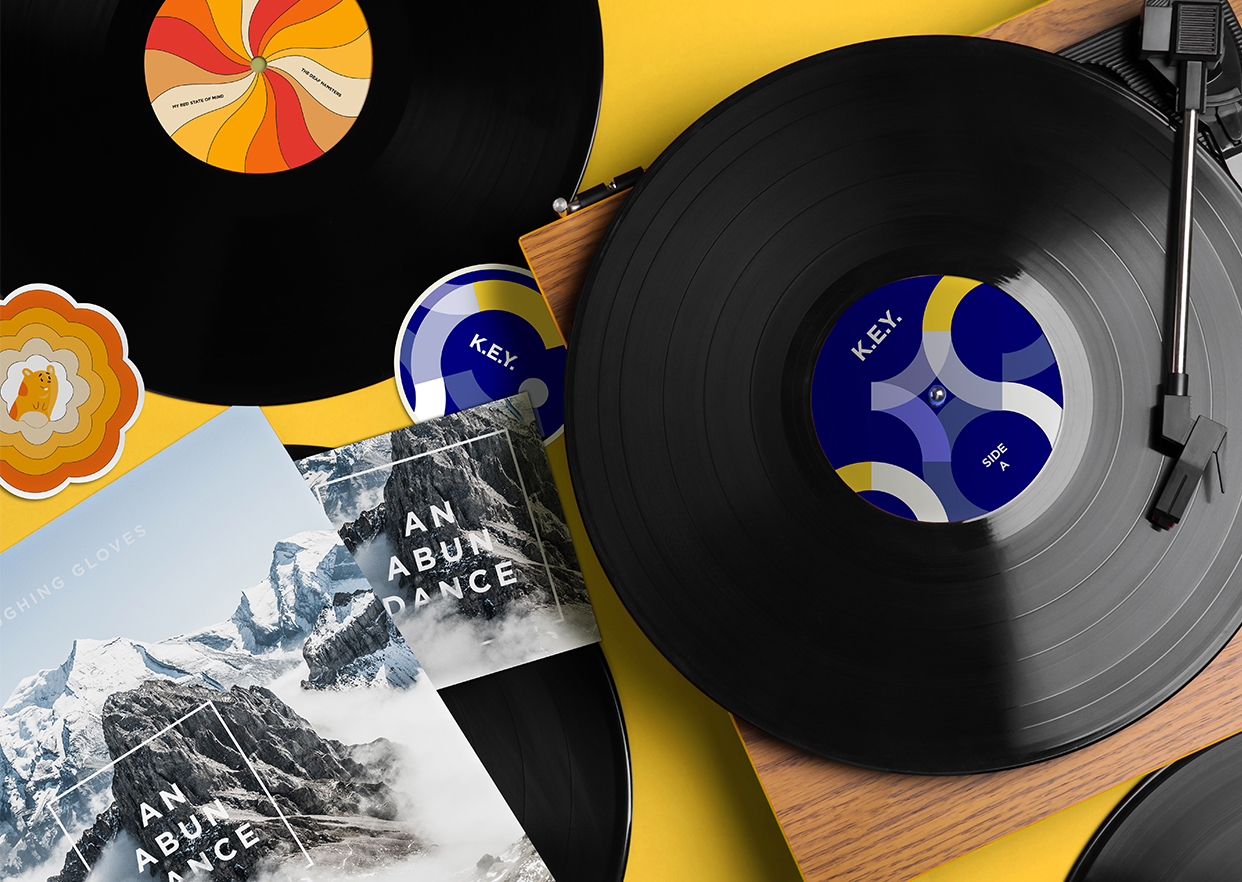
In the exhilarating landscape of music creation, artists often seek inspiration from existing works. This has given rise to the prominent culture of music sampling, where bits of sound recordings are re-used in new compositions. However, venturing into the territory of sampling comes with its own set of legal complexities. This is where the vital process of sample clearance comes into play, a pathway guided by intricate frameworks of music law and reinforced by the understanding of music rights.
Understanding Sample Clearance in the Context of Music Law
The legal milieu surrounding the music industry is robust and multifaceted. Music law encapsulates a range of doctrines including copyright laws, which are central to sample clearance. When you use a sample from an existing track in your own music, it is mandatory to obtain permission from the original rights holders. Failing to do so can lead to legal ramifications, including costly lawsuits.
Securing Music Rights: A Prerequisite to Sampling
Before diving head-first into the sampling process, one must have a nuanced understanding of music rights. These rights pertain to different aspects such as the lyrics, the composition, and the recording itself. Hence, it is essential to identify and secure permissions from all the stakeholders involved, which might include the record label, the performer, or the songwriter, among others.
Obtaining these permissions is what encompasses sample clearance — a meticulous procedure safeguarding artists against legal disputes while ensuring rightful attribution and music royalties to the original creators.
Read more at https://fairviewmba.com
Navigating the Complex World of Sample Clearance: Your Guide to Music Rights and More
by Editor's Pick
Sep 22, 2023
In the exhilarating landscape of music creation, artists often seek inspiration from existing works. This has given rise to the prominent culture of music sampling, where bits of sound recordings are re-used in new compositions. However, venturing into the territory of sampling comes with its own set of legal complexities. This is where the vital process of sample clearance comes into play, a pathway guided by intricate frameworks of music law and reinforced by the understanding of music rights.
Understanding Sample Clearance in the Context of Music Law
The legal milieu surrounding the music industry is robust and multifaceted. Music law encapsulates a range of doctrines including copyright laws, which are central to sample clearance. When you use a sample from an existing track in your own music, it is mandatory to obtain permission from the original rights holders. Failing to do so can lead to legal ramifications, including costly lawsuits.
Securing Music Rights: A Prerequisite to Sampling
Before diving head-first into the sampling process, one must have a nuanced understanding of music rights. These rights pertain to different aspects such as the lyrics, the composition, and the recording itself. Hence, it is essential to identify and secure permissions from all the stakeholders involved, which might include the record label, the performer, or the songwriter, among others.
Obtaining these permissions is what encompasses sample clearance — a meticulous procedure safeguarding artists against legal disputes while ensuring rightful attribution and music royalties to the original creators.
Read more at https://fairviewmba.com